No-added-starter cheese: Kashkaval from Serbia.
A visit to a cheese school and thoughts on microbial richness in milk.
Lesko back in time, to October of 2023, when I was traveling in the Balkans with my buddy Marko, the beer archeologist. See this post for more about how beer, mushrooms, and goats are despised by the ongoing Inquisition that wants to prevent you from growing your own life. That was our theme, which somehow lead us to this strange cheese school in Serbia.
One of the main cheeses seen in Albania, Bulgaria, and Serbia is Kashkaval. It is certainly related to Italian Caciocavallo, but how the technique has moved around, the when-and-where is uncertain. For more on the linguistic history see this article, part one of a 3 part series. I avoid getting bogged down in the debates over cheese origins, which often involve cultural and national rivalries, and at times less than rigorous fact-checking. It’s the techniques used and their variations, how a cheese fits into various cuisines and cultures that interests me.
The Kashkaval I will describe is a stretched curd cheese, involving making a rennet curd one day then allowing it to ferment until the next day, at which point it is cut up and exposed to hot water, allowing it to be stretched into its final form. Mozzarella and just about any cheese with that stringy texture is in the category of stretched curd cheese, aka pasta filata. I’m pushing back on the Italian claims of origin and ownership over the style. String cheese likely goes waaaaaaaay back.
The town of Pirot, in southeastern Serbia, is well known as a historical center of Kashkaval trade. It is said that the cheese was originally made from sheep milk, which is interesting because many people have trouble getting sheep and goat milk to stretch in the same way as cow. I have seen a great example of sheep cheese stretching splendidly, in Vastedda Del Belice from Sicily. Why it stretches so beautifully in that example is still unclear to me. It likely relates to the proteins, but it could be the fat/protein ratios of a heritage breed, or the feeding of the legume Sulla, or the type and rate of fermentation. In Pirot the use of sheep milk or a sheep/cow blend for Kashkaval still happens, but is rare as the number of dairy sheep in the region has plummeted. The protected name “Pirotski Kačkavalj” that we observed is made with cow milk.
I didn’t expect much when we walked up to a very socialist looking administrative building to visit the cheese school. EU funded projects such as this generally advocate the industrial paradigm that is the antithesis and death of the methods I seek to document. Pasteurizers, lots of stainless steel, toxic cleaning agents, commercial starters bought from friendly transnational corporations. You know the drill. I was shocked when we sat down with the director and were told they make and teach a raw milk, No-added-starter culture process of making Kashkaval. It’s very rare to see naturally fermented cheeses made on this scale, in a large production facility using stainless equipment and chemical cleaning supplies. The school, Mlekarska Škola, was built in the 50s and has a fascinating history. The region also has a history as a drug trafficking corridor, and I’ve heard rumors of opium being smuggled in kashkaval.
No-added-starter is by far the most common naturally fermented cheese I see on my travels. It is how cheese has almost certainly been made for the majority of cheese history. It’s hard to draw a line between backslopping (adding a bit of the whey, sour milk, or cheese from a previous batch) and no added starter. Even the term “starter” I find problematic and indicative of microbial hubris. As if we have such power that we “start” a fermentation out of a lifeless state. Milk ferments, there are microbes living on animals, and bacteria being shed in the milk itself, while in the body of the mother.
No-added-starter cheese could be called a spontaneous fermentation. No powder or liquid culture is added to induce the milk to sour, it ferments due to the action of microbes found in the raw milk and introduced from the milking and cheesemaking environment. It’s not an approach I generally advocate, as there is vast room for “unsuccessful” fermentation and the development of “defects”. Both those terms are loaded, and I define them subjectively. “Unsuccessful” is when a less than adequate amount of acidity builds up, leading to a cheese that could be dangerous or just taste nasty. “Defects” are things like swelling gas build up along with flavors I find unpleasant. In many places these “defects” are completely normal, or true to style. Many of these cheeses could also be classified as part of what I refer to as a “mixed fermentation”, borrowing a term from the brewing world. For cheese, this means there is significant impact from microbes other than Lactic Acid Bacteria in the primary fermentation. It’s not inherently negative, but can be problematic, or lead to specific flavors that many would find less than ideal.
I use the term “bacterially impoverished” which signifies milk that is generally lacking in microbial health. It is obtained from teats that have been treated with iodine, then pumped through heavily sanitized equipment. It has low total plate counts, meaning there is not a lot of bacteria in it. Even in its raw state, this milk is going in the direction of pasteurized. It results from a paradigm designed to compensate for a broken system of raising livestock in which the spread of pathogens is increased. The paradigm has been imposed onto all scales of production, so that even small farmers are encouraged to produce milk with lower levels of bacteria. This includes most of the raw milk that is generally available in the US, and I would say you should add a starter when making cheese with this milk.
In many of the places I visit milk has more microbial richness. These are places where the animals have not been pasteurized, where milk goes directly from teat to the cheese vat where it has rennet added before it has cooled. These are the situations in which I see more consistent, successful fermentation without an added starter. Sometimes wood equipment is used, which could be a reservoir for milk fermenting microbes or liquid sour whey. At other times it could be a pot, draining table, or press that is a vector for beneficial milk fermenting microbes to play a major role in the fermentation. There are sometimes failures in this no-added-starter approach. But at other times extremely delicious, nuanced cheeses with high levels of terroir can occur.
I advocate for adding a culture, but there are routes to deliciousness and regular success when following the “No added starter” path. Such as what I saw with this Kashkaval in the Pirot cheese school. Rennet was added to milk that had been cooled and held for a maximum 24 hours. The curd was drained on large tables, forming a massive rectangle that was cut into blocks to ferment overnight. In the morning when I took these photographs, it was cut into slabs, revealing a large number of small eyes, the result of gas forming yeasts or bacteria. This would be considered a defect in some places, but seems to be quite regular in cheeses made in much of the world. It’s uncertain what would happen if this cheese was simply salted and aged in this state. It could get weird, but the next step makes things end fairly predictably.
Like most stretched curd cheeses, the day-old cheeses have fermented to the point that they smell sour (with hints of sweet remaining). A pH meter would likely read somewhere between 5.4 and 5, the window in which cow milk curd possesses stretchability. This means that once the cheese has fermented to this point, exposing a piece of it to very hot water will cause it to stretch. At the school, a large amount of cheese is cut up by running it through a shredder to increase its surface area and allow it to be heated evenly. It is then put into a wood basket about the size of a small clothes hamper.
The basket of curds is dipped into a vat of 80c water, and the curds stirred with a stick. Once they are melty, it is removed, and a rapid spinning motion lends a homogenously wad of molten cheese. This is pulled and doubled up on itself in a stretch and fold motion. The mass cools a bit on a table, and is hand salted as a few more stretches are done. It is then placed into a large stainless band form and left to press lightly overnight.
The cheese then ages in a two-stage process. First it goes into a warm room that is 22c (72F) for 1 week, to dry and get some yeast growing. This is what some would call a hastening room. It was packed with cheese on tall wood shelves and had a strong and pleasant bread/fruit aroma. It reminds me of a Belgian coolship room, thriving with yeasts. The room itself could be considered a source of culture for the secondary fermentation of rind development, as the air is infused with yeast.
It is then moved to a cold room for 3 - 6 months. This longer aging makes it similar to Italian Caciocavallo. It’s like mozzarella, that gets aged like a cheddar. Who wouldn’t like that?? The Kashkaval of Pirot is unique and delicious. Not quite Ragusano (one of the best cheeses out there), but it is sweet, sour nutty, juicy, and smashable.
The exposure to hot water essentially serves as a “kill-step” although it’s not that final. The thriving microbes of the no-added-starter mixed fermentation are knocked back severely by the hot water of the stretch. Like a landscape after a wildfire, as the cheese cools, life comes back in. Microbes are never fully eradicated from a cheese like this. Microbes from the environment, human bodies, and equipment come back onto the cheese.
The bacterial populations that grew initially now decompose and release enzymes that play a role in ripening.
In death, life goes on.
Life finds a way.
If I have faith in anything it’s this.
From to teat to cauldron to cave to table.
From the driest desert to the bottom of the sea, to you and me.
Life finds a way, and knows what it is doing.

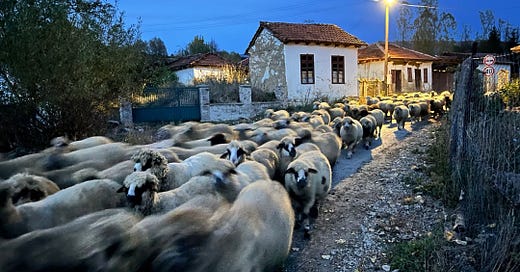


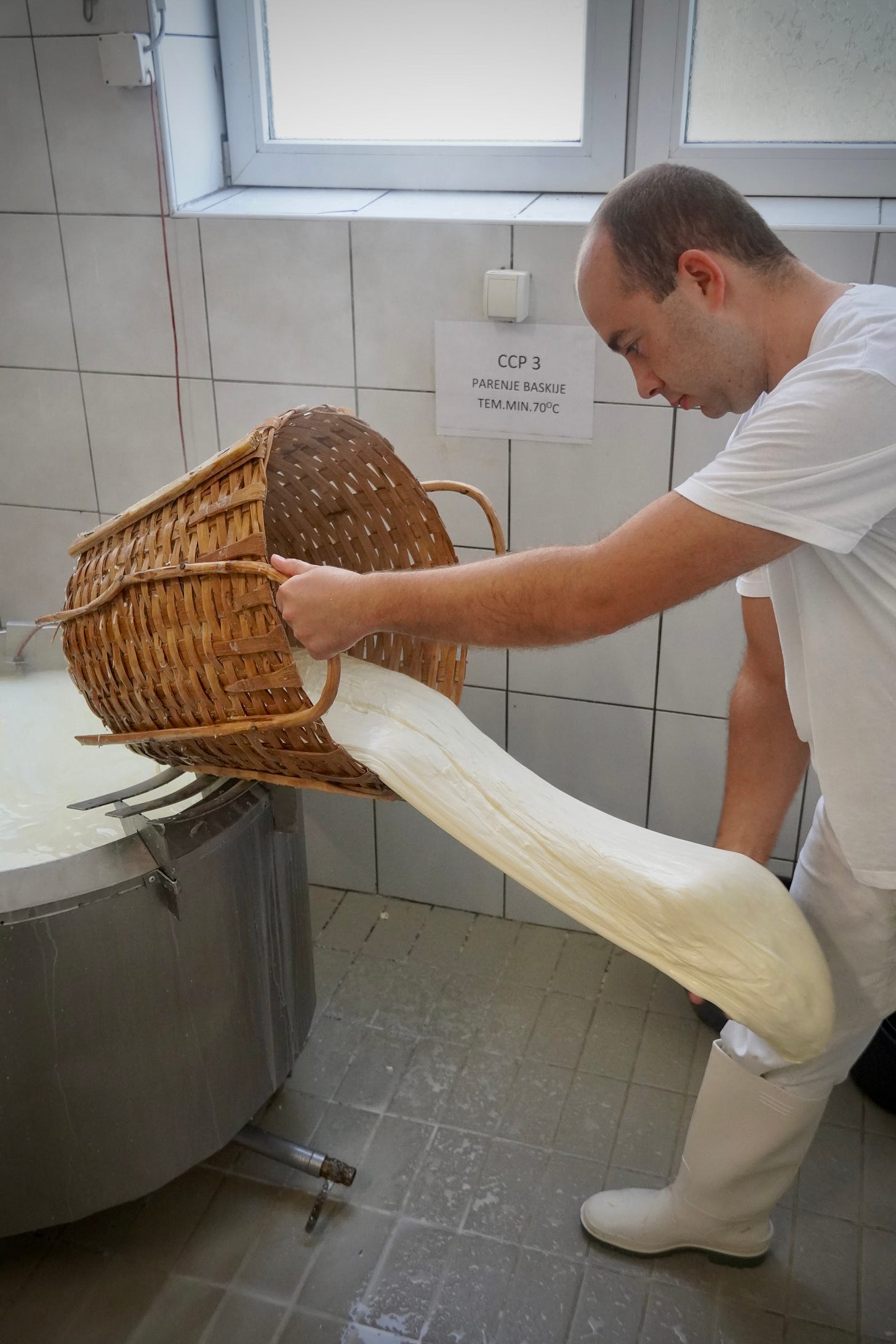
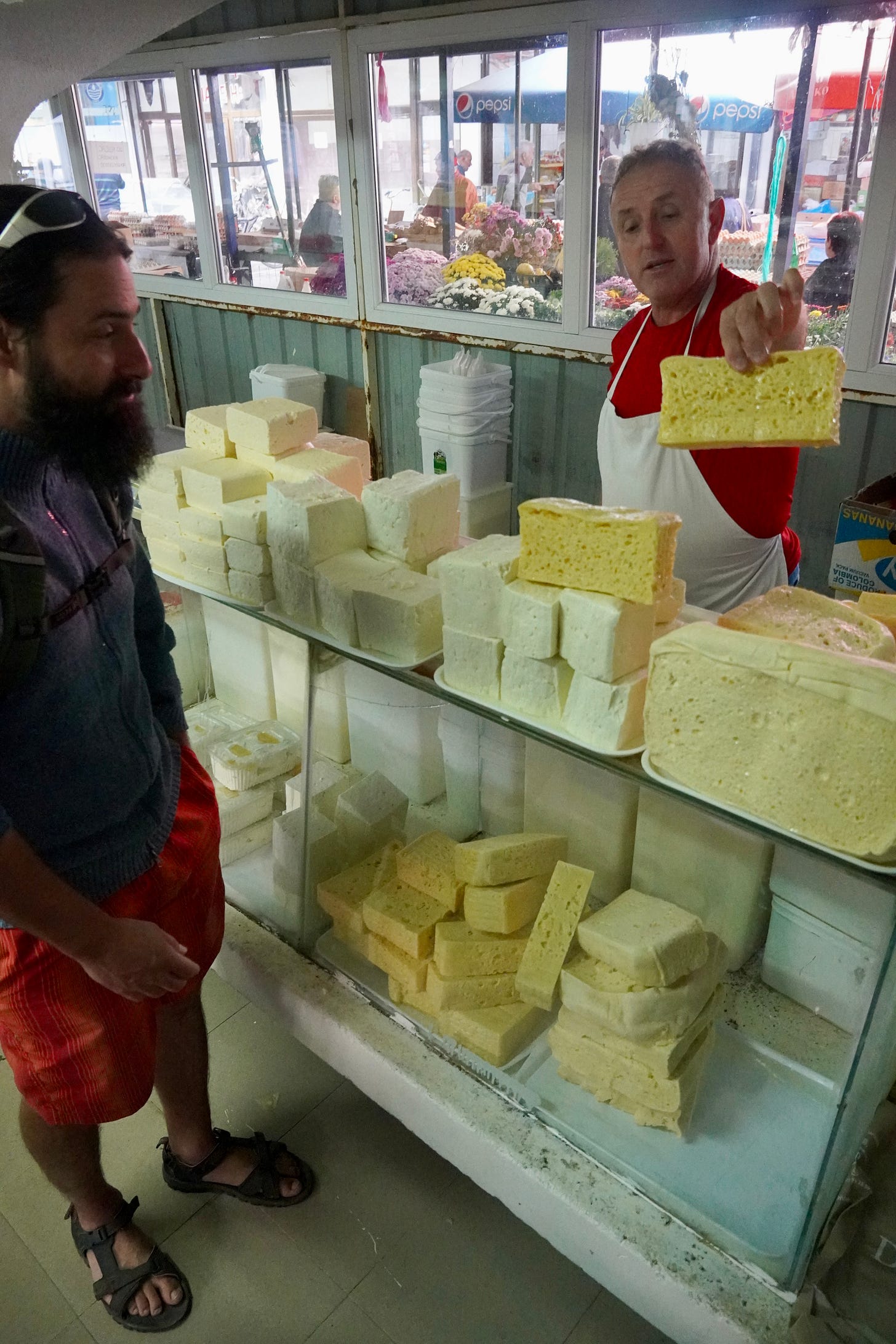

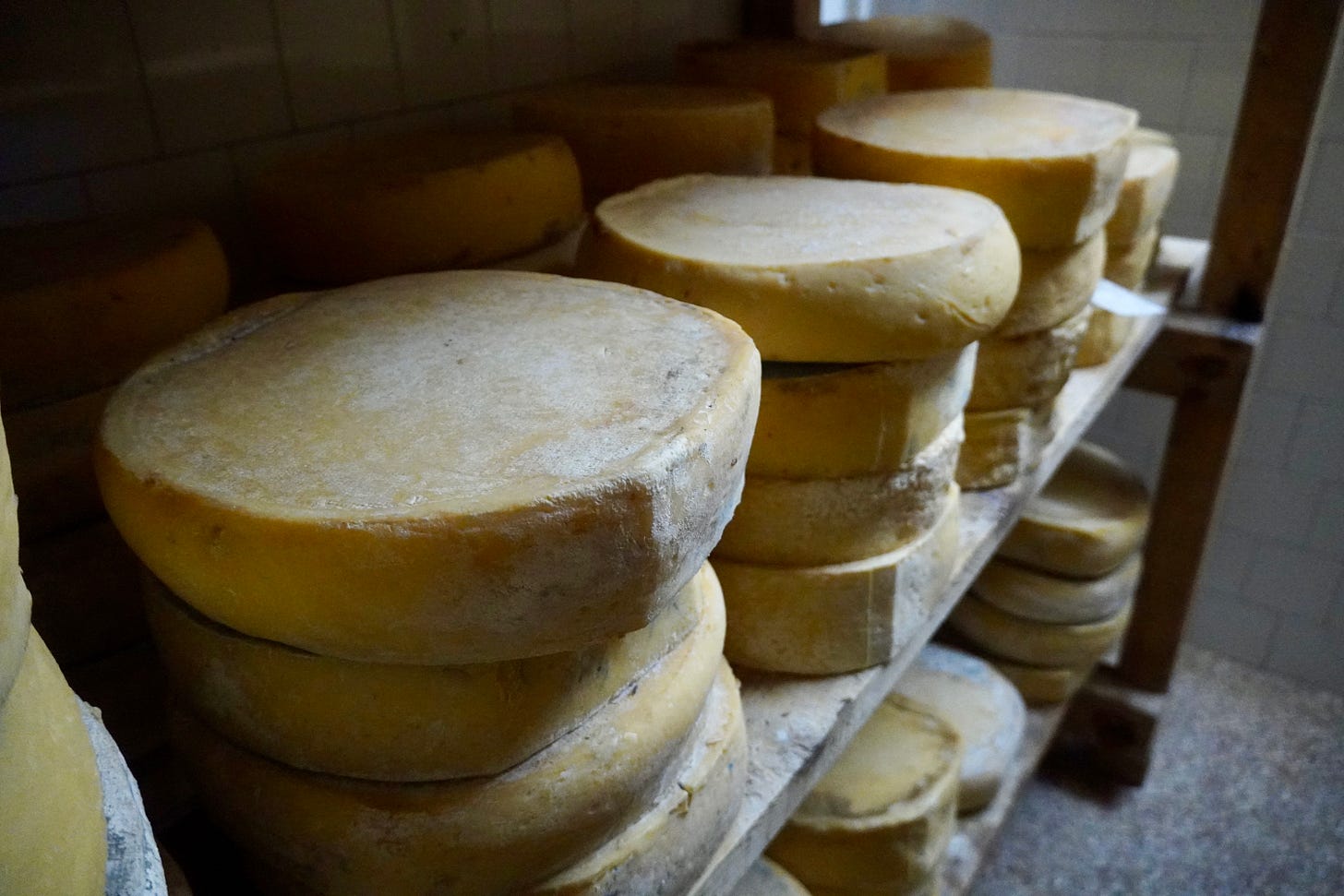
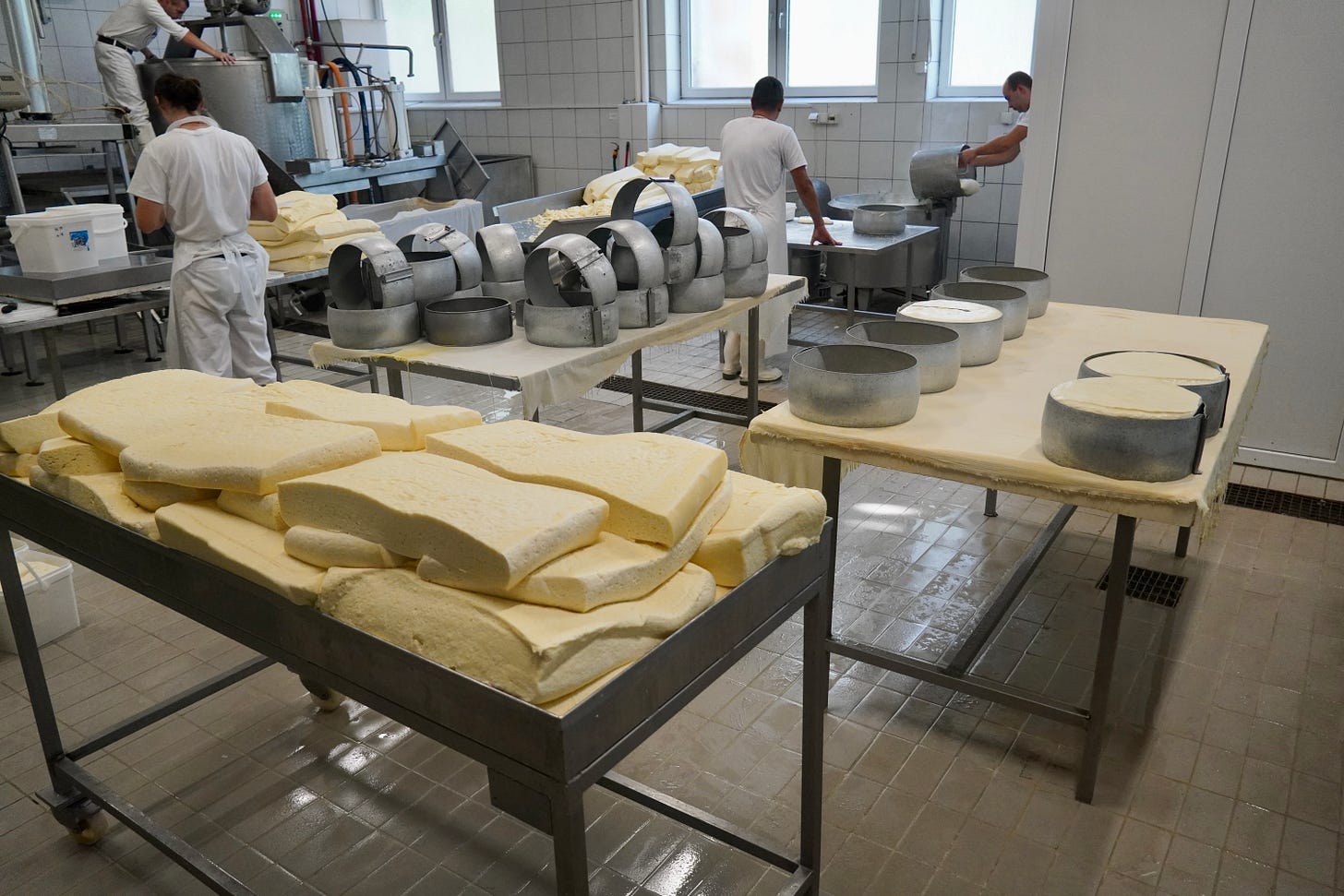
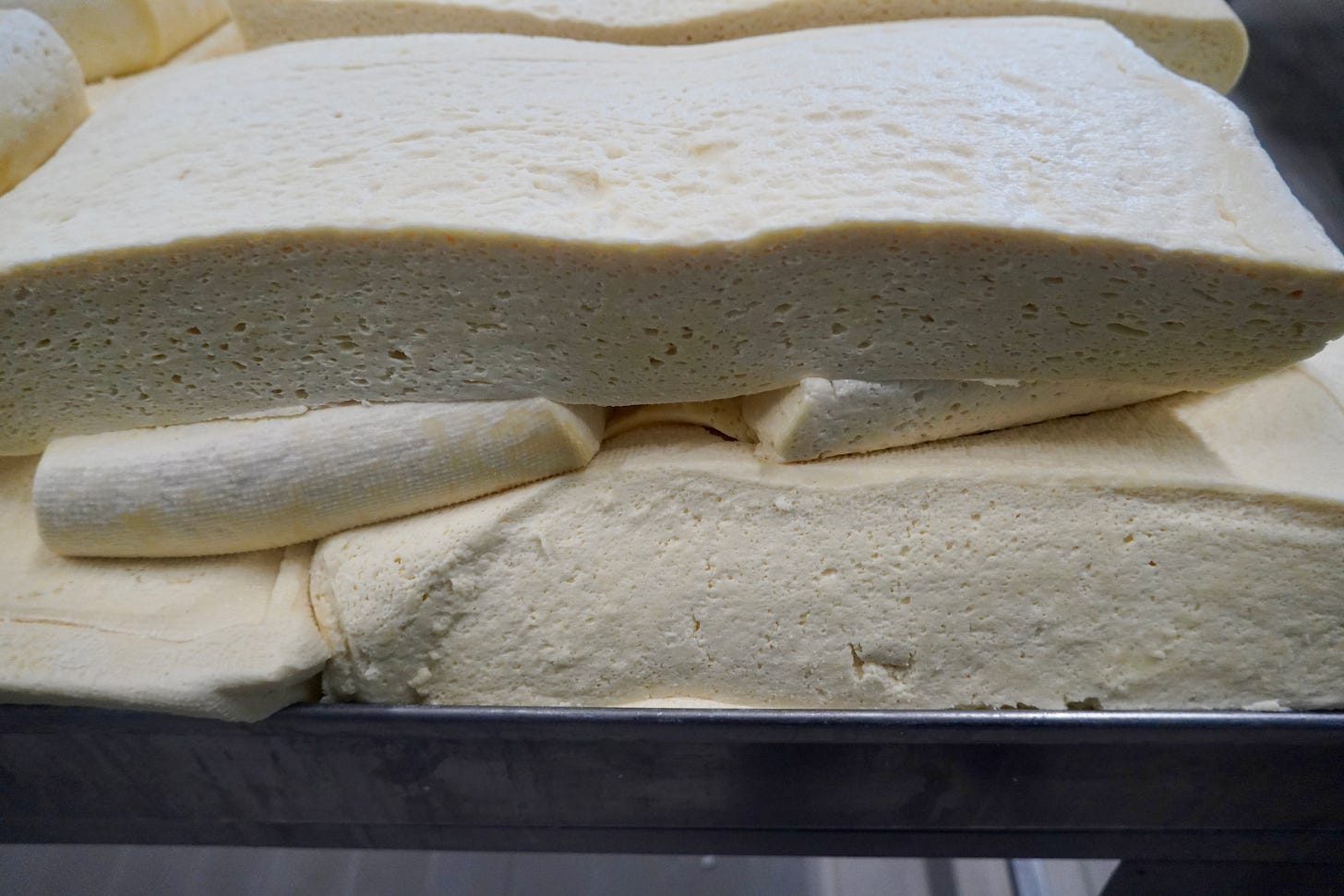
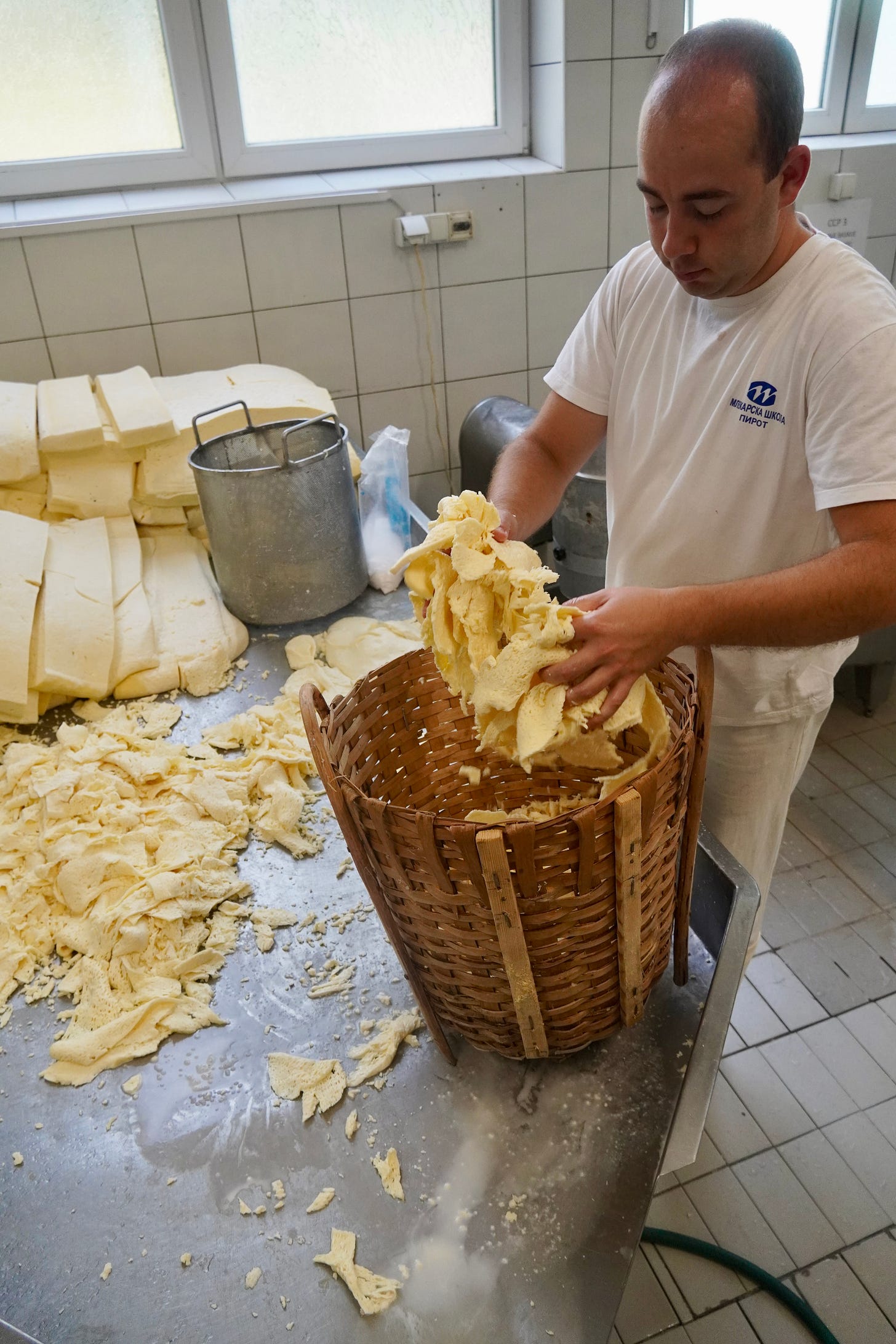
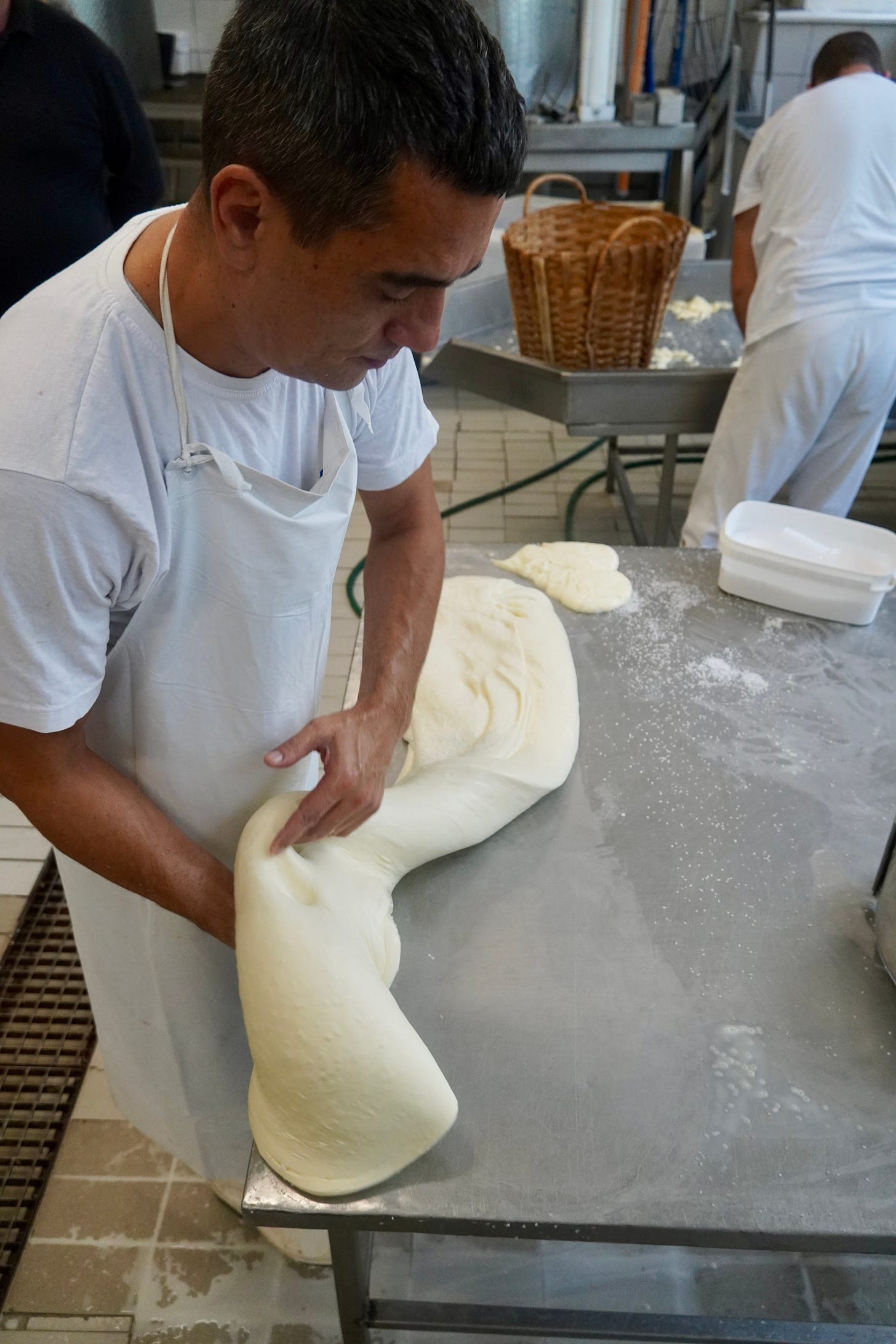

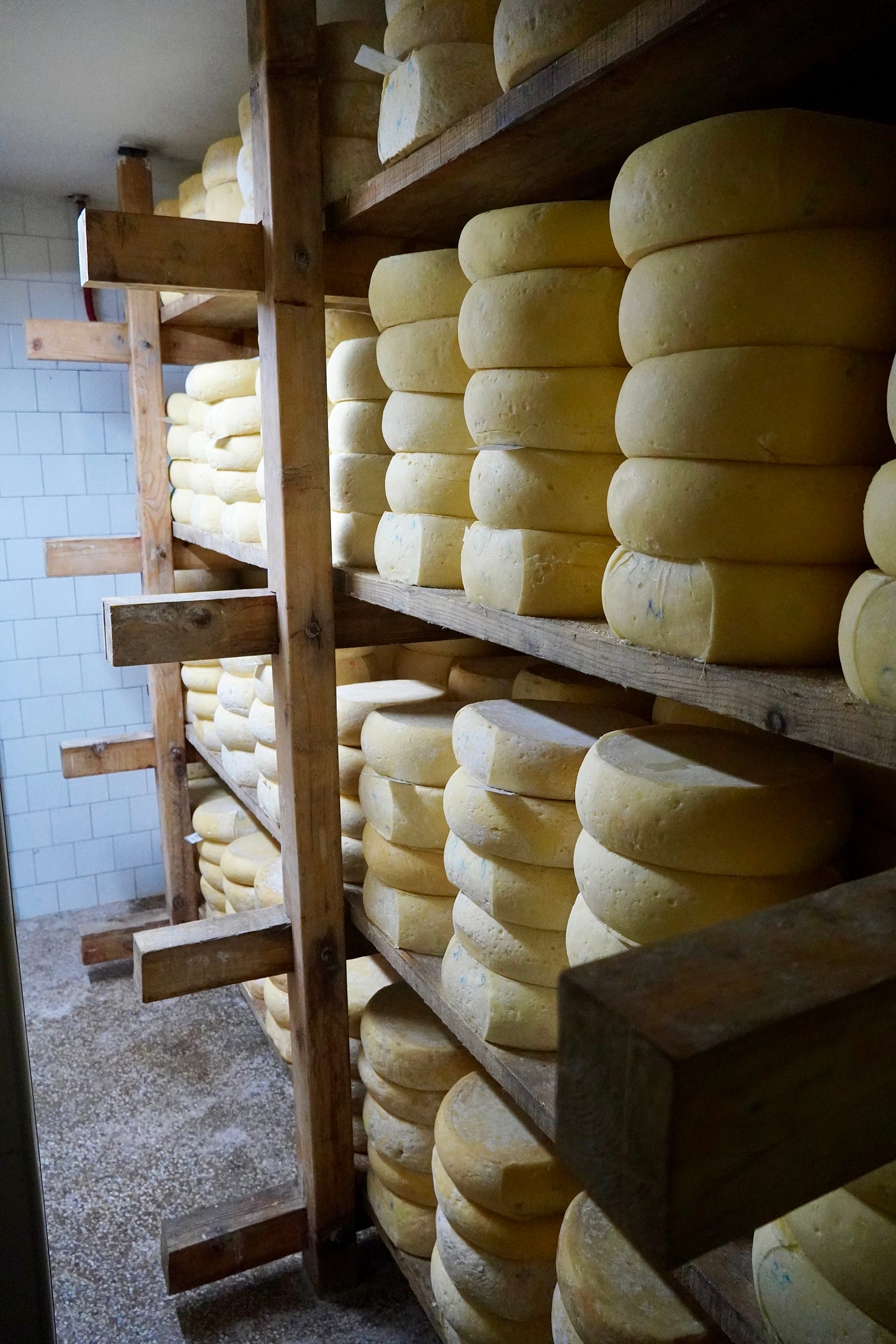
Great read !
I love reading and hearing about what you are finding. It has totally made me rethink my views and methods of cheesemaking. Learning the details and depths of these underlying methods is very inspiring to me.